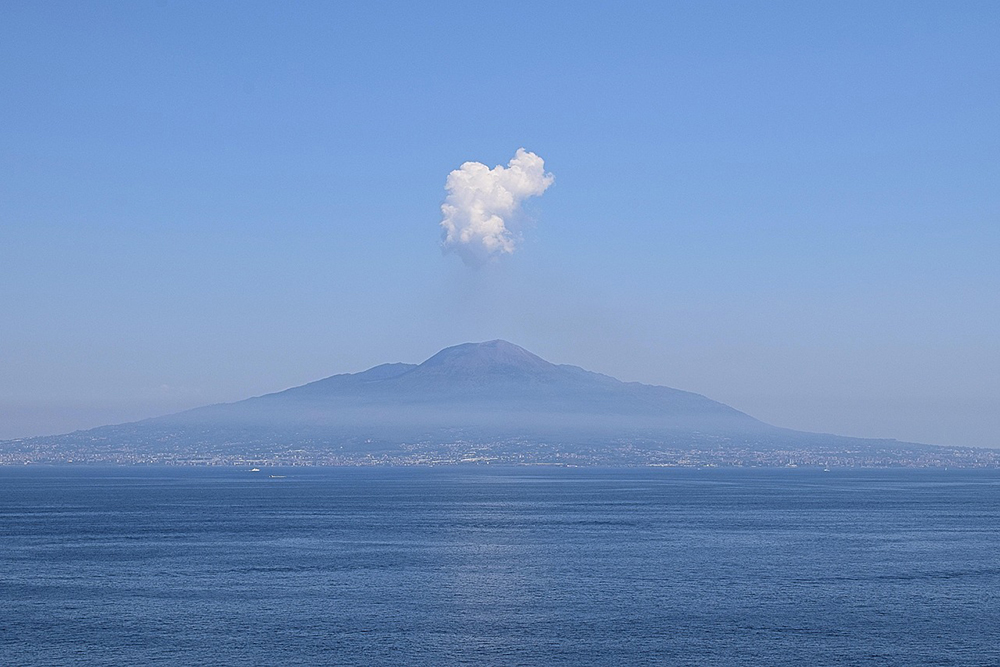
Bougainvillea in Italy: A Vivid Display of Mediterranean Charm
Bougainvillea, a genus that includes over a dozen species, is synonymous with the sun-soaked terraces and coastal towns of Italy. This hardy vine, with its papery bracts in vivid hues of pink, purple, red, and orange, is not only an integral part of Italy's horticultural landscape but also a cherished element of its cultural tapestry.
The plant we now know as Bougainvillea (Bougainvillea spp.) was discovered during the 18th century by French Navy admiral and explorer Louis Antoine de Bougainville while on a voyage to South America. From there, it spread across the world, and nowhere did it find a more fitting home than in the balmy climates of the Mediterranean, and in particular, Italy.
The Mediterranean climate, with its mild, wet winters and hot, dry summers, has proven ideal for Bougainvillea, which thrives in well-drained soils and full sun. Italy’s long love affair with this plant is evident in its prolific use in public and private gardens, where it is often seen cascading over walls, trellises, and arbors.
The cultivation of Bougainvillea in Italy is steeped in a tradition that balances aesthetic beauty with horticultural expertise. The Italian "giardino" (garden) is a place of harmony, where the vibrant Bougainvillea is often the centerpiece. The plant is propagated through either cuttings or layering, techniques that Italian gardeners have mastered over centuries.
In Italy, Bougainvillea's flowering season extends from April to November, with the plants often blooming profusely throughout the warmer months. Gardeners in Italy typically prune the vines in the late winter or early spring to stimulate new growth and flower production.
Among the many varieties of Bougainvillea, some have become particularly cherished in Italian gardens. 'Purple Queen' and 'Rosenka' offer deep purples and oranges that mirror the hues of Tuscan sunsets, while 'Temple Fire' and 'Scarlett O’Hara' provide a fiery palette that complements the rustic stone of countryside villas.
Each variety brings a distinct personality to the gardens where they are planted. Italian horticulturists often select Bougainvillea types not only for their color but also for their growth habits—some are suited for sprawling across pergolas, while others are more contained and perfect for small patios and balconies.
While Bougainvillea is relatively low maintenance, it requires some care to flourish in the Italian setting. The key elements of care are:
- Sunlight: Bougainvillea must be placed in a location where it can receive at least six hours of direct sunlight daily.
- Watering: Italian gardeners water these plants sparingly, as Bougainvillea prefers drier conditions and is susceptible to root rot if overwatered.
- Soil: Well-draining soil is crucial, often achieved in Italy through the addition of sand or other gritty material to the garden soil.
- Fertilization: A balanced fertilizer helps promote growth and blooming but is used conservatively in Italy to avoid excessive foliage at the expense of flowers.
- Pruning: Pruning is an art in Italy, and Bougainvillea is no exception. Strategic cuts enhance the plant's shape and encourage more prolific blooms.
Bougainvillea's ability to drape itself over walls and structures has made it a favorite in Italian architecture. The plant's vibrant colors against the backdrop of pastel-hued Italian buildings create a picturesque scene that has become emblematic of the country's aesthetic.
In coastal regions like the Amalfi Coast, Bougainvillea is often seen spilling over terraces of luxury villas and hotels, contributing to the area's exclusive feel. In cities, it softens the harsh lines of urban structures, adding a touch of nature's whimsy to the built environment.
As with many plants, Bougainvillea faces challenges due to climate change and urbanization. In Italy, efforts are being made to conserve the plant’s genetic diversity and promote its cultivation in sustainable ways. This includes selecting varieties that are more drought-resistant and educating gardeners on eco-friendly care practices.
Bougainvillea is not only a garden staple but also a cultural icon. In Italian folklore, the plant is associated with welcome and hospitality—a fitting symbolism given its ubiquitous presence in Italian guesthouses and homes. During festivals and celebrations, Bougainvillea's colors are often echoed in decorations and attire, celebrating the plant’s role in Italian life.
In Italy, landscape architects and designers use Bougainvillea to create dramatic effects in both public and private spaces. Whether it's the serene gardens of Sicily or the bustling streets of Rome, Bougainvillea is used to draw the eye and provide a sense of continuity with the natural landscape.
The future of Bougainvillea in Italy looks as bright as the plant's own colors. With a continued focus on sustainable cultivation and a deep appreciation for the beauty it adds to everyday life, Bougainvillea will likely remain a fixture in Italian gardens and landscapes for generations to come.
Bougainvillea's story in Italy is one of beauty, adaptation, and cultural significance. From its introduction to its current status as a beloved part of the Italian landscape, this vibrant plant has woven its way into the fabric of Italian life. As both a horticultural wonder and a symbol of the country's rich cultural heritage, Bougainvillea stands as a testament to the enduring connection between nature and the art of living well.
With dedicated care, an understanding of its needs, and a respect for its place in the ecosystem, Bougainvillea will continue to flourish under the Italian sun, offering its splendid colors to all who wander through Italy's many gardens and landscapes. Whether adorning an ancient villa, climbing the walls of a rustic farmhouse, or offering a burst of color in a modern urban garden, Bougainvillea remains an integral and enchanting aspect of Italy’s botanical and cultural identity.







